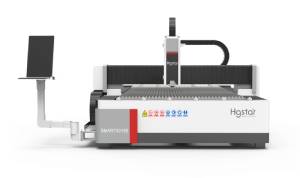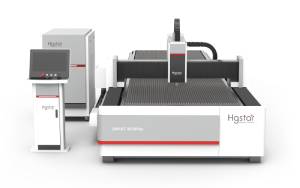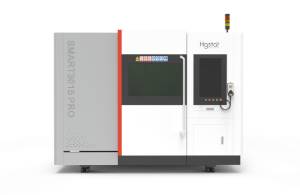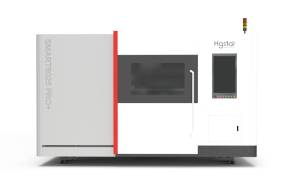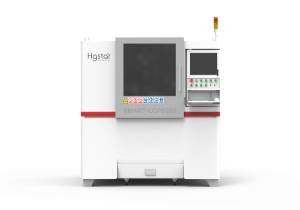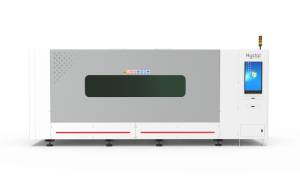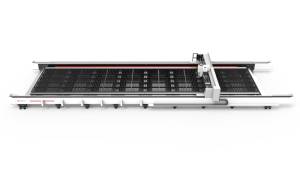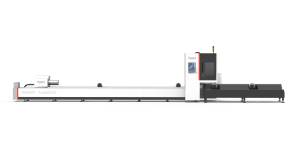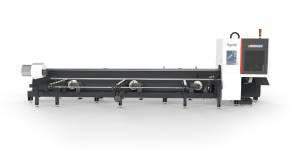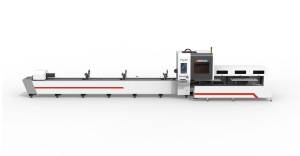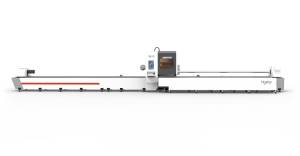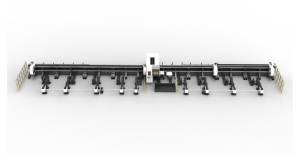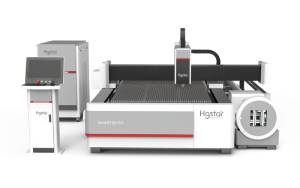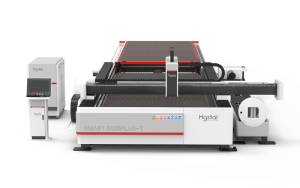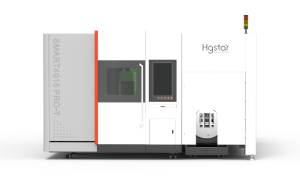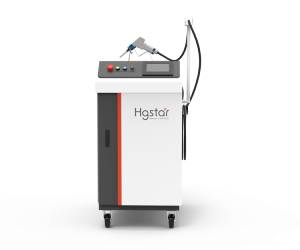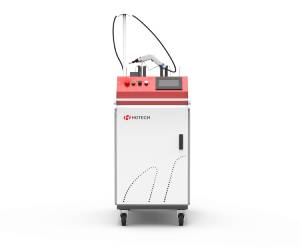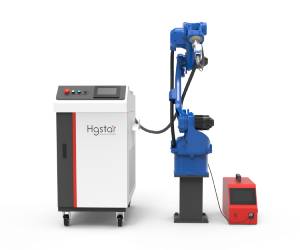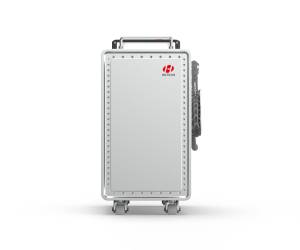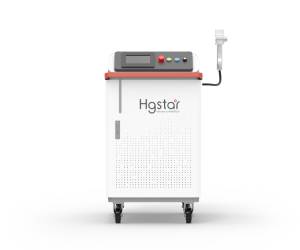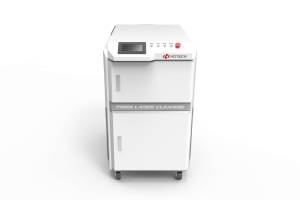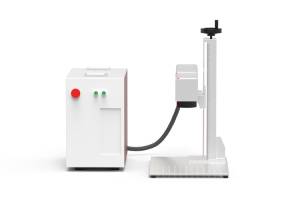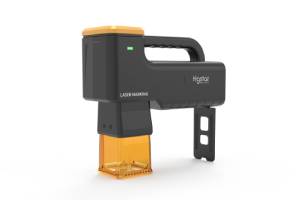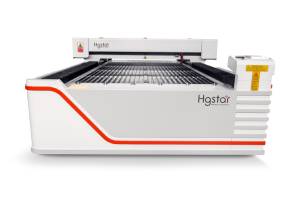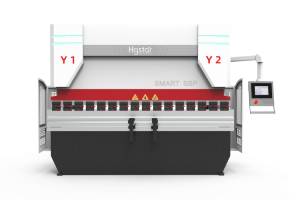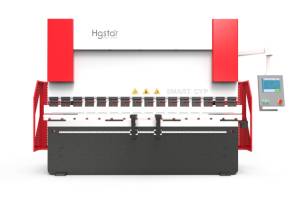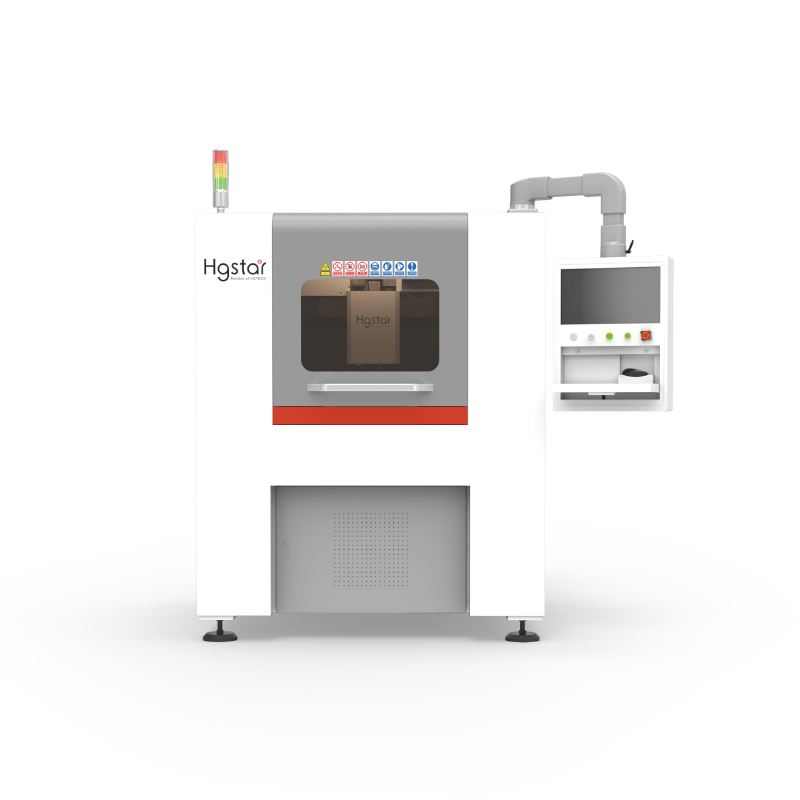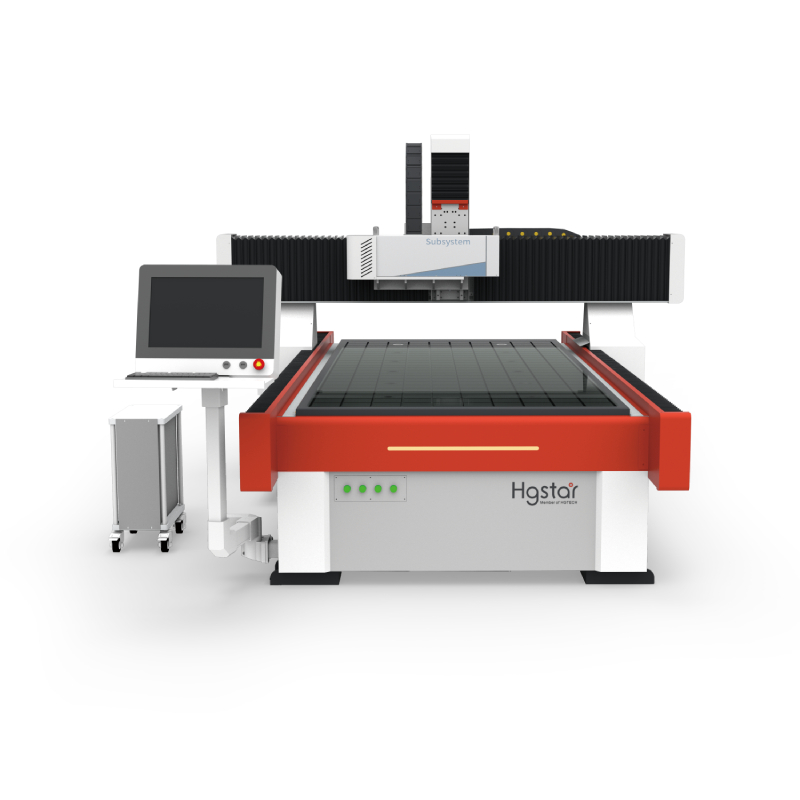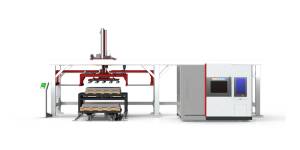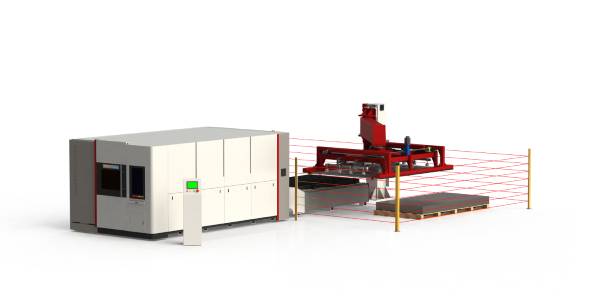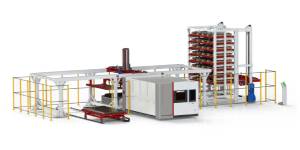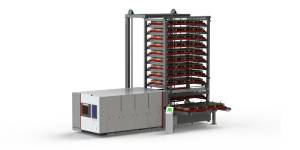01 Selective Laser Melting (SLM) Technology
Selective Laser Melting (SLM) is currently the most widely used metal additive manufacturing technology. It is suitable for rapid prototyping and mass production, and is extensively applied in the manufacturing of precision components in fields such as aerospace, automotive, and mold-making.

The principle of Selective Laser Melting (SLM) technology is to selectively melt and fuse metal powder layer by layer using a high-energy laser beam, thereby sintering it into a structurally dense metal component. The quality of the powder material is crucial. The quality of the metal powder directly affects the density, mechanical properties, surface quality, and microstructure of the parts.
02 Quality Requirements and Preparation Methods for Metal Powder
To ensure high yield and consistency in mass production, high-quality, stable-controlled metal powder is an indispensable key element in 3D printing production. To meet the requirements of SLM additive manufacturing equipment and processes, metal powder must possess characteristics such as a narrow particle size distribution, good sphericity, low oxygen and nitrogen content, and high bulk density.
SLM Technology Raw Material Powder Quality Requirements
Particle Size Distribution
Too coarse: Poor inter-layer bonding, prone to porosity.
Too fine: Poor flowability, prone to powder scattering and contamination of the equipment chamber.
Sphericity
High sphericity powder has better flowability and ensures more uniform powder spreading.
Oxygen Content
Excessive oxygen content can cause defects like gas porosity during printing, affecting the density and mechanical properties of the workpiece.
Bulk Density
Affects the powder’s flowability, packing performance, and printing uniformity during the printing process, ultimately influencing the density of the final product.
The main preparation methods for metal powders used in additive manufacturing include Gas Atomization (GA), Plasma Rotating Electrode Process (PREP), Plasma Atomization (PA), and Plasma Spheroidization (PS). Among these, commonly used gas atomization techniques include Crucible Vacuum Induction Melting Atomization (VIGA) and Crucible-less Electrode Induction Melting Gas Atomization (EIGA). These methods can produce spherical or near-spherical metal powders and can be selected based on the material properties and application requirements.
03 HGTECH Additive Manufacturing Solutions
With the trend of miniaturization, complexity, and rapid iteration in the consumer electronics industry, 3D printing technology is accelerating its penetration into the mass production of 3C (Computer, Communication, and Consumer Electronics) components, aiming to shorten production cycles and reduce costs. In response to the strict requirements of the 3C industry for part surface quality, dimensional accuracy, and mass production capacity, SLM technology, with its advantages of high forming precision, high density, and the ability to integrate complex designs into a single form, has become the ideal solution for mass production of metal parts in the 3C industry.

HGTECH has made a comprehensive layout in 3D additive manufacturing, focusing on the challenges of stable mass production in SLM technology, and has launched an SLM additive manufacturing solution for the mass production of metal parts in the 3C industry.
SLM Precision Metal 3D Printing Intelligent Equipment
LSP260E

Designed specifically for mass production of metal parts in the 3C industry using SLM additive manufacturing, the LSP260E supports a variety of metal powder materials such as stainless steel, titanium alloys, and aluminum alloys. It enables the precision forming of complex geometric shapes, meeting diverse application needs. It is widely used in fields like 3C electronics, aerospace, medical implants, and mold manufacturing.
Safety and Environmental Protection:
Powder is sealed and managed, with centralized powder delivery to prevent dust explosion hazards.
High Efficiency:
Four lasers working in parallel with a motion control system for highly efficient, coordinated scanning and powder deposition, significantly improving production efficiency.
Stability and Reliability:
Self-developed HGTECH laser with excellent power stability and high optical-to-electrical conversion efficiency.
Compact Footprint:
Forming size: 260mm, Machine size: 1700mm.
Focusing on the pain points of large-scale mass production in SLM technology, HGTECH has developed a laser precision additive manufacturing solution for the 3C industry by combining the characteristics of the 3C industry and the current state of additive manufacturing equipment. This solution redefines the precision manufacturing of 3C metal parts, providing customers with efficient, precise, and reliable metal additive manufacturing solutions to support the transformation and upgrade of intelligent manufacturing.

